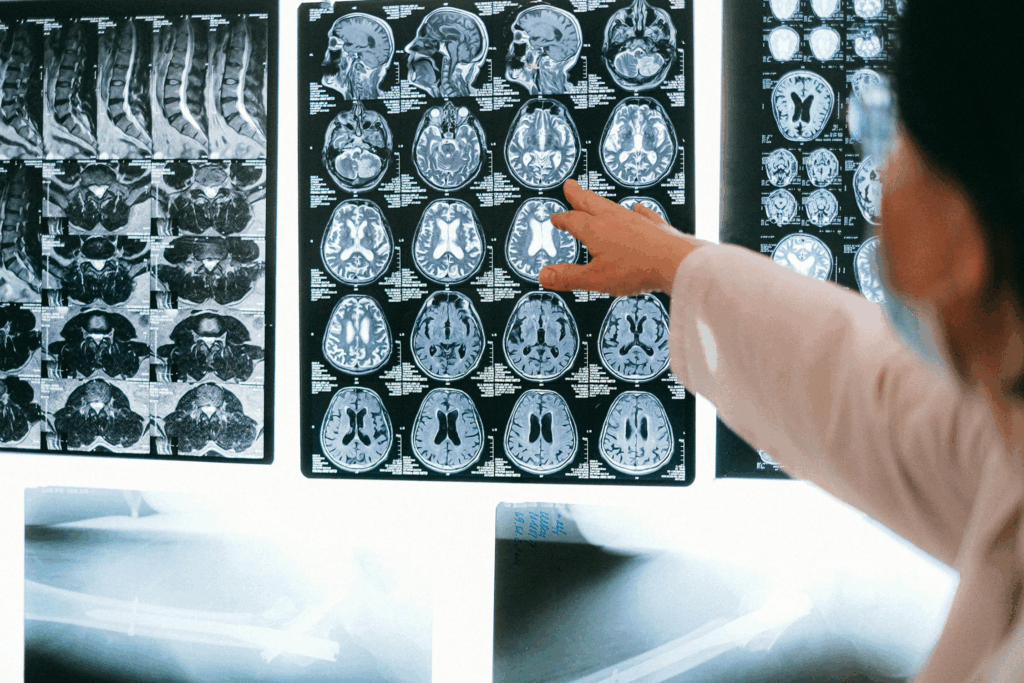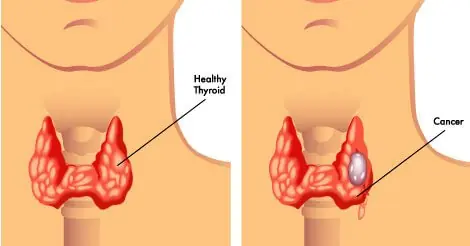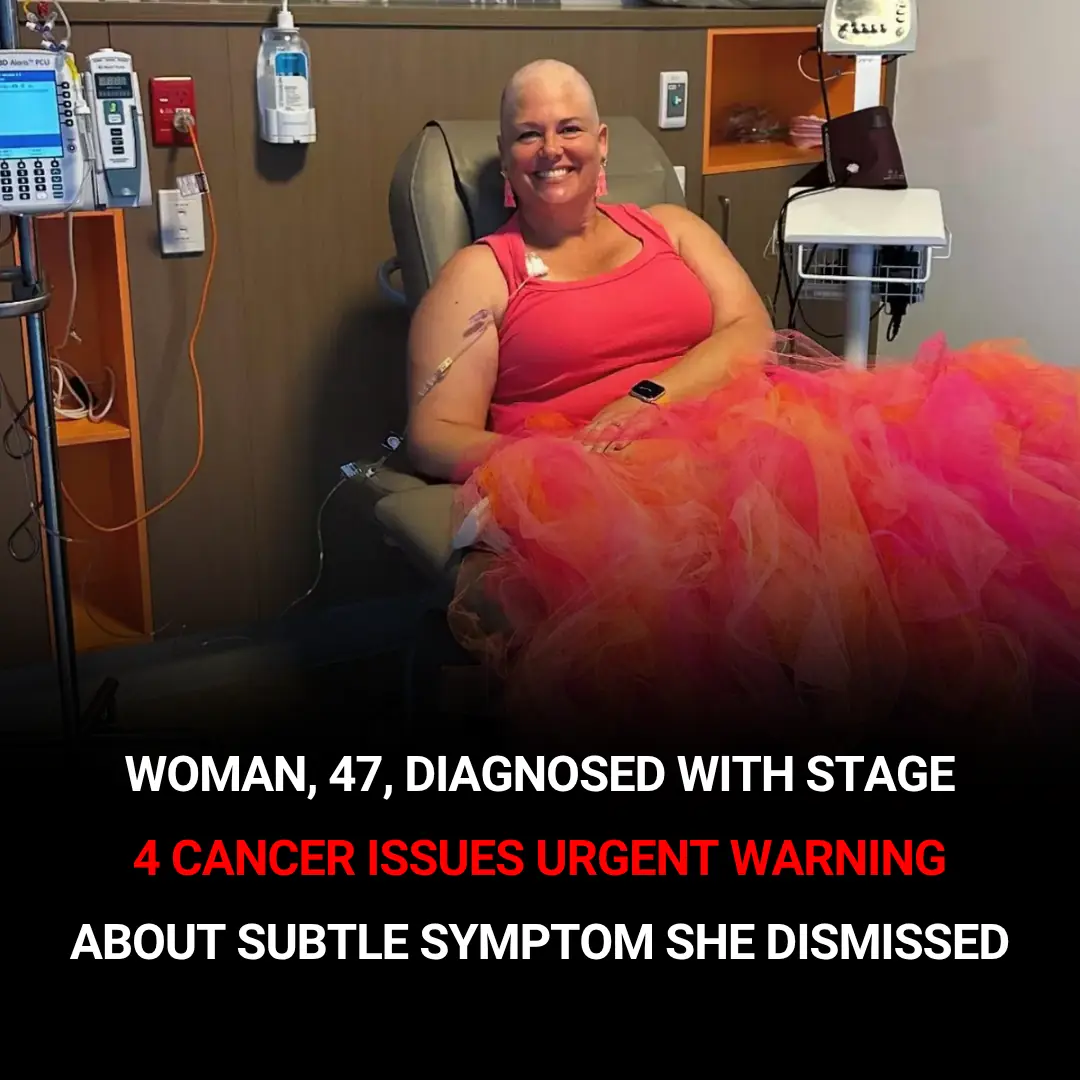
Warning Signs You Should Never Ignore: The Silent Symptoms Of A Brain Aneurysm
A brain aneurysm is a serious medical condition that occurs when a blood vessel in the brain weakens and bulges out, forming a sac. This sac can potentially rupture, causing severe internal bleeding, brain damage, and even death. While some aneurysms may not present any symptoms, others come with subtle, silent warning signs that can often be overlooked. Recognizing these signs early can make the difference between life and death. It is essential to be aware of these symptoms, as they may indicate an impending aneurysm rupture.
One of the first symptoms that people with a brain aneurysm may experience is a sudden, severe headache. Described by many as the “worst headache of their life,” this headache often strikes without warning and can last for hours or even days. It is intense and may be accompanied by nausea, vomiting, or sensitivity to light. If you or someone you know experiences such a headache, it is crucial to seek immediate medical attention, especially if it is unlike any headache previously experienced.
Another sign to watch out for is visual disturbances. Some people with an aneurysm report seeing double, having blurry vision, or experiencing sudden vision loss. These visual symptoms can occur due to the pressure that the aneurysm places on the optic nerves, which transmit visual information from the eyes to the brain. If you suddenly experience changes in your vision, particularly if accompanied by a headache, it is vital to take action quickly.
In addition to headaches and vision problems, aneurysms may also cause physical weakness or numbness, especially on one side of the body. This can manifest as difficulty moving an arm or leg or losing coordination. A person might also have trouble speaking, understanding speech, or swallowing. These symptoms are particularly alarming if they develop suddenly, as they can indicate that the aneurysm is pressing on parts of the brain responsible for motor control or language.
Severe dizziness or a sudden loss of balance is another critical sign of a potential aneurysm. The brain relies on specific areas for balance and coordination, and pressure from an aneurysm can interfere with these functions. If you find yourself feeling unusually dizzy or off-balance, and especially if it occurs alongside a headache or visual changes, it is important to seek medical help.
While these symptoms may seem unremarkable on their own, when combined, they could point to a brain aneurysm. However, not all aneurysms present these symptoms before a rupture. Some aneurysms may only cause symptoms when they begin to leak or rupture, which can lead to a hemorrhagic stroke. This is why it is crucial to pay attention to subtle changes in the body, especially if there is a history of high blood pressure, family members with aneurysms, or other risk factors.
The good news is that early detection can make a significant difference in the outcome of an aneurysm. If any of the above symptoms occur, it is essential to get medical attention immediately. A brain aneurysm can often be treated before it ruptures with surgery or other interventions, especially if caught early. Doctors may recommend imaging tests, such as a CT scan or MRI, to diagnose the aneurysm and determine the best course of action.
In conclusion, brain aneurysms are serious conditions that require immediate attention. While many people experience no symptoms until a rupture occurs, some warning signs can indicate a potential aneurysm before it becomes life-threatening. These signs include sudden severe headaches, visual disturbances, weakness or numbness, dizziness, and loss of coordination. If any of these symptoms occur, it is essential to seek medical attention as soon as possible. Recognizing these silent symptoms and responding quickly could save your life or the life of someone you love.
News in the same category


Scientists Explain The Effects of Eating Too Much Sugar

Urgent Warning: U.S. Salmon May Be Infected with Japanese Tapeworm, Say Scientists

Why Kidney Failure Is Striking The Young—And How To Stop It

Nurse Reveals The Spine-Chilling Truth About What Happens After We Die

One Month Before A Heart Attack, Your Feet Will Give You These 6 Silent Warnings

Striking simulation illustrates the progression of death from cancer

6 Types of Foods That Can Negatively Affect Your Thyroid

Stage 4 Cancer Survivor's Urgent Warning: Overlooked Minor Signs Can Hide Deadly Disease

Colon Cancer & Your Poop: What to Watch For and When to Get Help

Cardiologist Breaks Down 3 Unexpected Red Flags Of A Weak Heart

MY STAGE FOUR CANCER SYMPTOMS WERE DISMISSED BY TWO HOSPITALS - I WON'T GET TO SEE MY LITTLE GIRL GROW UP

Doctor Reveals: MRI Scan Of The Face Of A 33-Year-Old Woman Reveals Where All Of Her Filler Went

There Is One Sound A Person Makes That Means They Have Less Than 24 Hours To Live

Having This Blood Type Will Make You Age Slower—And It’s Backed By Science

Shocking amount of time one can of soda can take off your life
One can of soda might seem harmless, but when multiplied across days, weeks, and years, the cost adds up - to minutes, hours, and even years of life lost.

Common Backyard Plant May Help Fight Tumors, Diabetes, And High Blood Pressure

Drinking Water On An Empty Stomach: Japanese Water Therapy, What Science Says and More

8 Natural Remedies for Sinus Infections That Work Without Antibiotics
News Post

Waking Up with Numb or Tingling Hands: What It Really Means (Science-Based)

Scientists Explain The Effects of Eating Too Much Sugar

Urgent Warning: U.S. Salmon May Be Infected with Japanese Tapeworm, Say Scientists

Earth Plunged Into Darkness For Six Minutes In Rare Event Not Seen In A Century

Brain Teaser: Can you identify the error in this family’s dining room photo in under 15 seconds?

Authorities Discover 1,600‑Foot Drug Tunnel Under Us–Mexico Border With Lighting And Rail System

Bill Gates Says Only 3 Jobs Are Safe From AI — Are You In One Of Them?

Here’s What It Really Means When A Man Turns His Back In Bed

If You See A Man With One Painted Fingernail, Here’s What It Means

This house looked like it was about to fall into itself until one family stepped in

Why Kidney Failure Is Striking The Young—And How To Stop It

Bill Gates reveals profession which will remain '100% human' even after AI replaces most jobs

People shocked after passenger filmed as their phone went through X-ray scanner at airport

Mammoth structures discovered beneath Africa could be 'ancient planet' 4,500,000,000 years old

YouTuber discovers 78-year-old woman who's been keeping her own world alive in a 'dead' game for years

Nurse Reveals The Spine-Chilling Truth About What Happens After We Die

If You See A Man With One Painted Fingernail, Here’s What It Means

One Month Before A Heart Attack, Your Feet Will Give You These 6 Silent Warnings

Six Minutes Beyond Life: What I Saw After Dying And Coming Back
